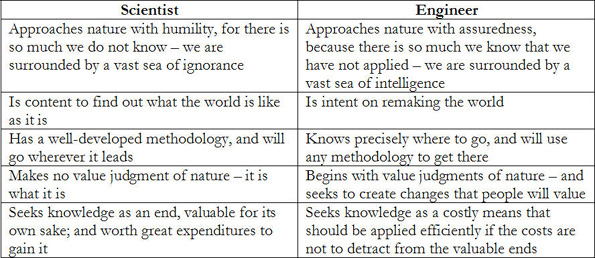Read Hollan, J., Hutchins, E., & Kirsch, D. (2001) "Distributed Cognition: Toward a New Foundation for Human-Computer Interaction Research." In J. M. Carroll (Ed.) Human-Computer Interaction in the New Millennium, ACM Press, New York, pp. 75-94. (distributed on paper) Briefly discuss the following issues: 1.1 What did you find interesting about the article? I liked the authors’ descriptions of distributed cognition as • complex human-environmental resource interactions and not just social interactions; • well-designed work materials that enable humans in their thinking, seeing, and control of their environments; and • environments that become a reservoir for learning, reasoning, and problem-solving. 1.2. What did you find not interesting about the article? I was a little surprised, not to find Vygotsky cited by the authors in the section on socially distributed cognition. Also, I wondered about authors’ efforts to underscore that “culture may also bind” (p. 78), but ignoring the same rationale for well-designed work materials in section 4.2.2. This, I think is similar to Postman’s assertion in Q. 5 below. 2. What do you consider the main message of the article? Although tentative with their suggestions, the authors’ main message is the proposed use of distributed cognition as an effective theoretical foundation for understanding HCI because it expands its scope to include interactions between humans and their environmental resources. Besides, cognitive ethnography – with an interest on not just what humans know but how they use “what they know to do what they do” (p. 79) and controlled experimentation – socially organized contexts for cognitive performance, are useful determinants in designing collaborative workspaces. 3.1 The article talks about “new foundations” for HCI. Please discuss a couple of “old foundations” for HCI. The old school of HCI focused on the cognitive abilities and compatibilities of users and usability features of computer interfaces, particularly the keyboard, mouse, and screen. The primary focus here was the interaction of the human with the machine and making the interactions easier. Another old school believed that helping individuals understand or write simple programs might promote logical thinking skills and consequently process how computers actually work. The popular analogy of computers as thinking machines, or master chess players, took a long time to realize, when Deep Blue (Deep Thought earlier) actually defeated Gary Kasparov once (but lost or drew at other times). Using simulations as interactive learning environments was also popular, but without well designed wraparounds, I think stand-alone simulations cannot promote learning. 3.2. How “new” according to your knowledge are these “new foundations”? According to the article, the new foundations, particularly the distributed cognition school became prominent with Hutchins 1980s observations that navigation outcomes depended more on the complex interactions between humans and machines rather than just one human and machine. The informational physics model proposed by Hollan et al. (1997) with access to alternate adaptive multiple routes, information, histories of interactions, and relationships are interesting. For instance, when I read either The Washington Post or The New York Times or The Guardian online, after scanning the main headlines, I often look at the “most popular/e-mailed articles” to get the gist of current events that I want to read more about. The authors’ description of Pad++ is analogous to the EDC Project of the DLC in many respects – zoomable interface, highly interactive nature, and intelligent use of space. 4. In the class on Jan 14, 2004, we showed a multi-media show about the CLever project ‡ question: which elements of distributed cognition are described in this video? Remark/Hint: in case you have to rely on “distributed cognition” to remember what was shown — you can refresh your memory by watching the multi-media show again (it only takes 6 minutes) at: http://l3d.cs.colorado.edu/clever/index.html by activating the link “Load Flash Movie” All three elements of distributed cognition, including: the idea of using well-designed work materials (Embodied Cognition) and environmental supports (Culture and Cognition) and interactions between humans and their environment (Socially Distributed Cognition) are described in the video. 5. Here is a quote from Neil Postman: “anatomy is not destiny: The invention of eyeglasses in the twelfth century not only made it possible to improve defective vision but suggested the idea that human beings need not accept as final either the endowments of nature nor the ravages of time. Eyeglasses refuted the belief that anatomy is destiny by putting forward the idea that our minds as well as our bodies are improvable!” 5.1. Argue what the this quote has to do with the article? This is similar to the authors’ argument of well-designed work environments empowering humans. 5.2. Do you agree with the quote? Being a scientist by training and philosophical in my disposition, I think Postman’s position is akin to that of an engineer [Ref. Gilbert's (1978) distinction below]. While there is some truth to Postman’s assertion, I would quibble about his “accept as final” part of the quote.  Nathan Balasubramanian |